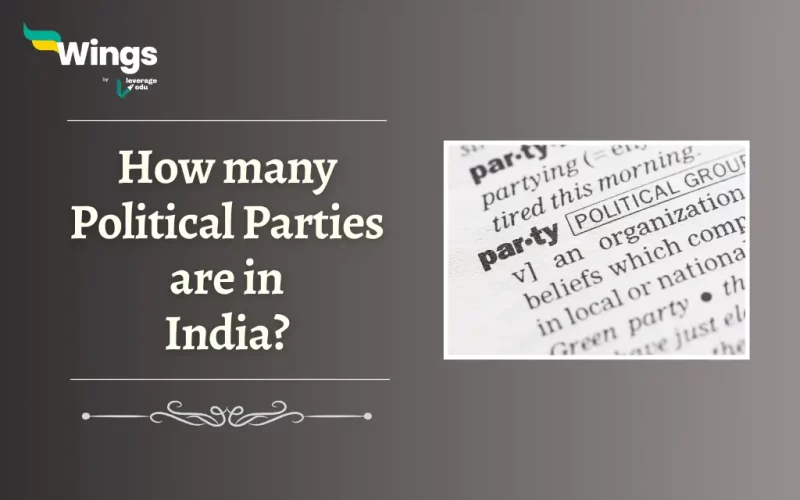According to the most recent reports released on the 15th of May 2023, by the Election Commission of India, there are 6 National parties, 57 State parties, and 2,597 unrecognised parties. Furthermore, every registered party participating in elections is required to select a symbol from a provided list of symbols made available by the Election Commission. These various political parties are a representation of the people of our nation India. Moreover, each party’s individuality is taken into account whilst forming a coalition. Read on to learn more about the Political Parties in India, the 6 National political parties and the answer to the question about the number of political parties that we need to have in a country.
List of 6 National Political Parties in India in 2024
The 6 National Political Parties in India in 2024 are as follows:
| 6 National Political Parties in India in 2024 | ||
| National Political Party | Founded | Current Leader |
| Aam Aadmi Party (AAP) | 26th November 2012 | Arvind Kejriwal |
| Bahujan Samaj Party (BSP) | 14th April 1984 | Kumari Mayawati |
| Bharatiya Janata Party (BJP) | 6th April 1980 | Jagat Prakash Nadda |
| Communist Party of India (Marxist) (CPI-M) | 7th November 1964 | Sitaram Yechury |
| Indian National Congress (INC) | 28th December 1885 | Mapanna Mallikarjun Kharge |
| National People’s Party (NPP) | 6th January 2013 | Conrad Kongkal Sangma |
Furthermore, a political party earns the status of a National Party by meeting any one of the following 3 conditions:
- Winning a minimum of two percent of seats (11 seats) in the Lok Sabha from at least three distinct States.
- Securing six percent of the votes in a general election for the Lok Sabha or a Legislative Assembly in four or more states, alongside winning four Lok Sabha seats.
- Gaining recognition as a State party in 4 States.
Also Read: Anti Defection Law (10th Schedule): Role of Speaker, Rules
How many Political Parties Should We Have?
In a democratic system, it is essential to have a minimum of 2 parties participating in elections, hence guaranteeing a fair opportunity for these parties to contest for power. In addition, many nations witness a cyclical shift in power between 3 predominant political parties. However, numerous other parties also contend in elections and secure some representation in national legislatures.
Related Blogs
Lastly, we hope you liked our blog and gained an understanding of the Exceptions to Fundamental Rights. Moreover, you may even read more blogs and empower yourself with knowledge regarding Civics and Polity!
 One app for all your study abroad needs
One app for all your study abroad needs













